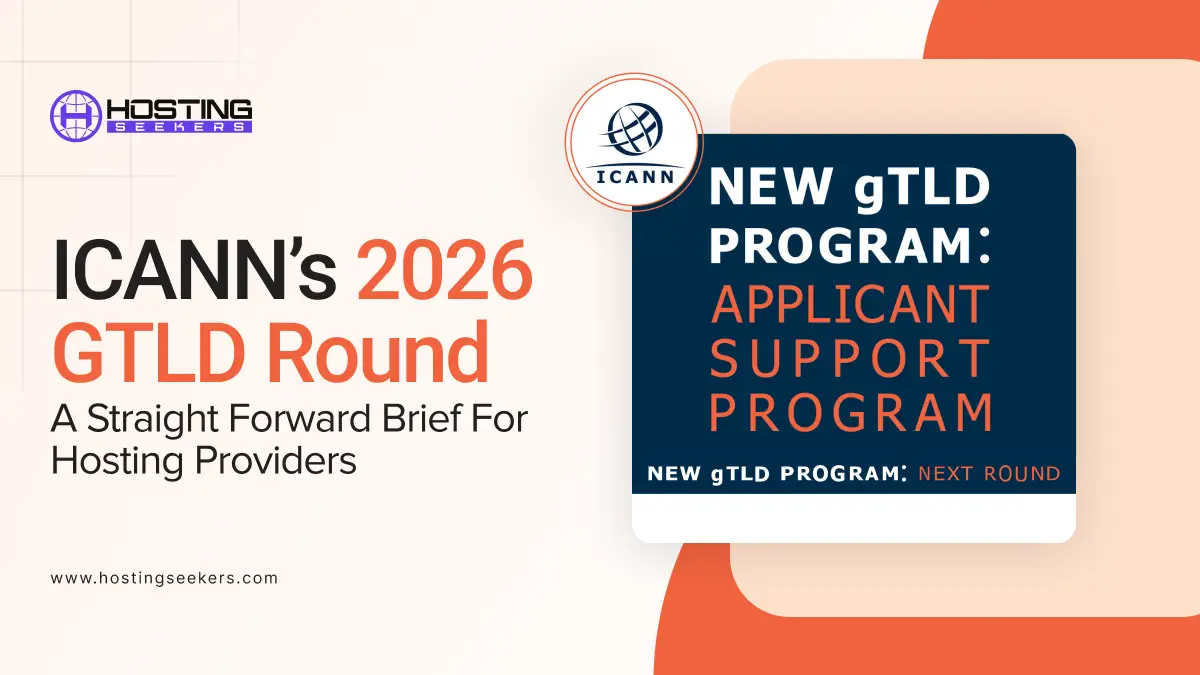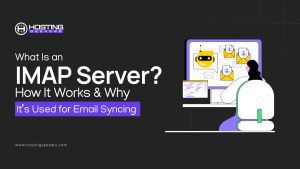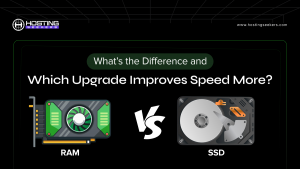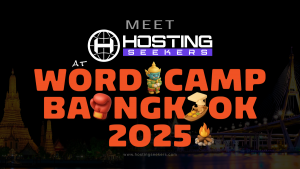
ICANN’s 2026 gTLD Round: A Straightforward Brief for Hosting Providers
IT Updated on : September 2, 2025A Slow-Burning Sequel Worth Waiting For
Back in 2012, ICANN opened the Internet’s floodgates and fielded 1,930 applications for new generic top-level domains. More than 1,200 of those strings—everything from. guru to .tech—made it into the DNS root. The boom matured quietly while the industry squabbled over usage data, search-engine friendliness, and UX. A decade later, the numbers speak louder than the pundits: new-gTLD registrations are still growing at a healthy double-digit clip, even in a saturated market.
Now, the sequel has finally been given a release date. ICANN’s implementation calendar designates April 2026 as the next application window for the New gTLD Next round, pending the finalization of the revised Applicant Guidebook in May 2025. For hosting companies and Internet entrepreneurs, that’s not trivia; it’s the countdown on a billion-dollar opportunity to register your custom TLD.
Why Should Hosting Companies Care?
Most registrars survive on wafer-thin transaction margins. Running—or partnering in—a registry flips that model: wholesale domain fees, premium-name auctions, brand-protection bundles, DNS hosting, security add-ons, and data services. Suddenly, the revenue stream looks more like SaaS than retail.
If you’re a hosting company that also sells domains, your customers will soon expect the next wave of gTLDs to show up in the same registration cart. Most marketing teams recognize the clear branding value in these new extensions, and they’ll gravitate toward whichever provider can deliver them. If you’re not ready when they ask, expect those accounts to drift to a host, that is.
The Economics in Plain English
If you plan to apply for a New gTLD in the next round, then the baseline costs have barely moved since 2012. The application fee is roughly $227,000, slightly higher than the $185,000 from the previous round. By the time you add compliance deposits, annual ICANN fees, and registry connectivity, you’re spending north of $350,000.
For a hosting shop already running nameservers, storage, and support at scale, incremental operating costs are modest, such as DNSSEC signing, an abuse desk tune-up, and possibly a more robust compliance team. Break-even occurs at around 50,000 to 7,575,000 registrations at a six-dollar wholesale price or with a single committed enterprise client.
DotBrand or Generic? Two Divergent Plays
- DotBrand. Own the namespace, skip defensive registrations, and slash phishing risk. One large bank’s DotBrand TLD now sees tens of millions of monthly visits with near-zero spoofing numbers any CISO would envy.
- Open Generic. The classic registrar play. Thousands of resellers run flash promos, arbitrage premium names, and may offer registry-funded rebates during peak periods. Execution and positioning decide whether you become the next. cloud or languish like. horse.
Navigating a 400-Page Rulebook Without Drowning
The 2025 Applicant Guidebook is the industry’s Rosetta Stone: DNS-stability tests, financial stress scenarios, public-interest commitments, RSP accreditation, and name-collision mitigation. It weighs in at roughly 400 pages and reads like a legal brief sprinkled with RFC references. Reading is free; passing the evaluation is not. Most serious applicants hire a sherpasomeone who has fielded every clarifying question, survived GAC advice week, and knows why a seemingly innocent string like “health” triggers extra scrutiny. New gTLD Consultants can help you streamline the application process smoothly and transparently.
From Reseller to Registry: A Quick-Start Technical Playbook
1. Choose your lane. Outsource everything to a Registry Service Provider or build EPP, DNS, escrow, and compliance in-house.
2. Pre-evaluate the backend. ICANN will reopen the RSP testing program alongside the application round, clearing that hurdle early. A Registry Service Provider (RSP) offers a turnkey stack EPP servers, anycast DNS, DNSSEC, escrow, abuse tooling, and uptime SLAs already vetted by ICANN. Using one slashes your time-to-market and capital spending, though you’ll trade a per-domain fee for that speed and offload of complexity.
3. Lock in naming rights. Decide on the string, draft a contention-set strategy, map your trademark-clearinghouse posture, and model likely public-comment themes and formal objections up front, then bake mitigation steps and ready-made rebuttals into the application so nothing derails the process later.
4. Model registry cash flow. Develop a three-year cash-flow model that tracks premium and standard registrations, auto-renewal inflows (less expected grace-period refunds), and all ICANN/RSP costs. Front-load launch marketing, taper to brand protection and retention in years two and three, and let the sheet reveal quarterly cash needs and the break-even point when renewal revenue overtakes spend.
5. Draft Public-Interest Commitments now. Public-Interest Commitments (PICs) spell out how your TLD will serve the public good, think security standards, usage restrictions, or rights-protection measures. Once they’re baked into the Registry Agreement, they become legally binding terms that ICANN and outside watchdogs can enforce, so draft them carefully now rather than scrambling later.
2012 Recap – The First Grab
ICANN’s first round drew nearly two thousand applications and delivered more than a thousand live TLDs. That chaos set the baseline for everything happening next.
Not a Fad – Real-World Uptake
A decade later, new strings keep gaining ground. DotBrand zones have effectively neutered phishing for their owners, while generic newcomers, such as .tech and .xyz, continue to add registrations each quarter.
Next Shot – April 2026
The next application window will open in April 2026 and is expected to remain open for approximately three months. Miss it, and history suggests waiting another decade for the next chance.
What to Line Up
Secure funding plan on mid-six figures all-in, pick a backend partner you trust, and block out enough time to master a 400-page rulebook so you don’t stumble over avoidable objections.
Better Guidance
Working with an industry expert or a New gTLD Consultant can help increase your chances of approval and speed up the processing time, avoiding unnecessary delays.
Timing the Market
- May 2025: First Draft New gTLD Applicant Guidebook published, and ICANN is currently accepting public comments.
- Q3 2025: Pre-evaluation results for early RSP applicants reduce backend uncertainty.
- April 2026: The application window opens for a period of ninety days.
- 2027–2028: Earliest delegated strings reach the root, assuming no objections or contention sets.
The Takeaway
Hosting companies spent the last decade battling over sub-ten-dollar commodities. The 2026 round flips the script: finite supply, high switching costs, and sticky institutional clients. Whether you plan to bid, partner, or merely brief enterprise accounts, the homework starts now.
A Wall Street trader would call this an asymmetric bet: capped downside in application fees, uncapped upside in perpetual wholesale revenue, and equity tailwinds. The only real risk is procrastination. Crack open the guidebook, run the numbers, and get moving—the second act of the Internet’s naming revolution is about to begin, and this time, the hosts could steal the show.




